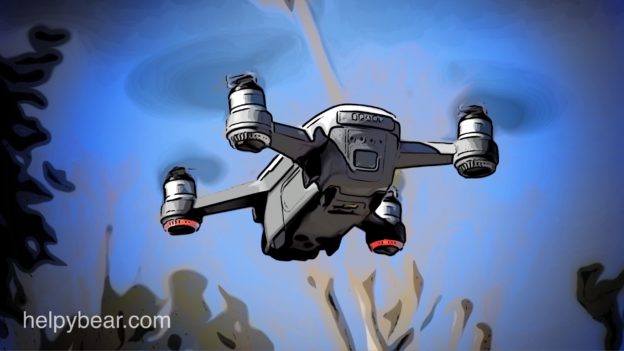Just as Apple is the aspirational brand for Technology, DJI is the aspirational brand for Drones due to its ease of use, attention to engineering detail, and exceptional build quality.
DJI just released its latest model drone, the Mavic Air, which is the brand’s newest addition to the “consumer-pro” level of their drone line placing it a tier above the Spark in both features and price. A recent discussion with friends on which of the two makes the best entry into the drone hobby has inspired me to share some thoughts as to why the Spark remains a solid choice between the two.
While the Mavic Air has an incredible feature set, when feature-per-dollar is considered, the Spark in my opinion is the perfect consumer-level drone packed with the quality and signature capabilities DJI is famous for at a consumer-friendly price.
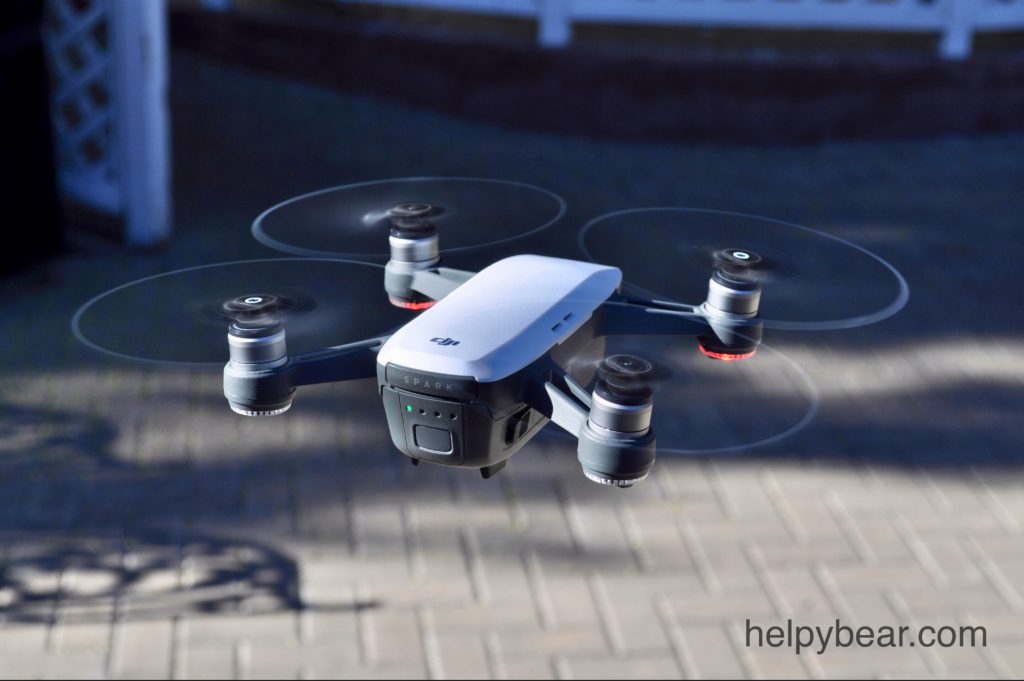
The Spark is purpose-built to be approachable in both usability and design. Its “friendly” shape and minuscule air frame give it an almost toy-like appearance making it unimposing in public environments and less likely to draw unwanted attention or concern from people nearby. This makes taking natural video, still photos and selfies in public places easier with the Spark than with any of DJI’s other drones.
Now some may argue that the new Mavic Air is just as friendly looking and compact as the Spark, shoots higher quality video at 4K with 3 axis stabilization, and flies 5 minutes longer making it a better buy.
However, I’ve observed Spark’s 1080p HD video to be more than adequate for home movies and social media, and its 2 axis mechanical gimbal makes up for the 3rd axis via software providing solid stabilization that produces ultra smooth video and crisp detailed photos. And, while Spark’s 16 minute flight time doesn’t sound like a lot, in reality it’s a pretty long time especially considering all the systems that this little drone is managing while in the air.
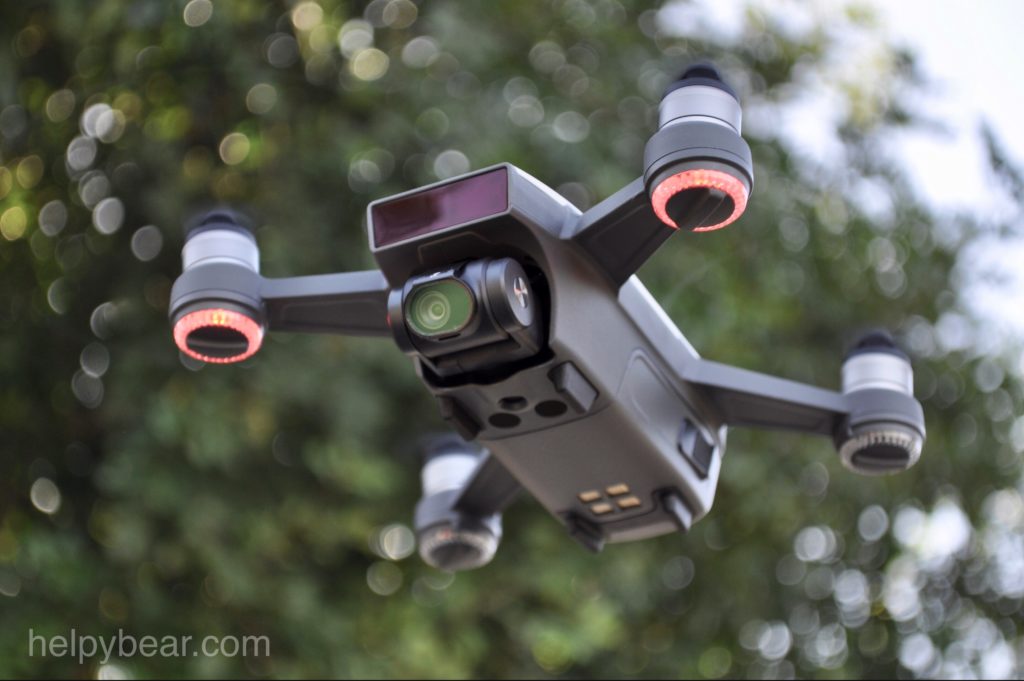
The Spark is packed with 24 Computing Cores, 3D and Vision Sensing, Dual-Band GPS, Obstacle Awareness, ActiveTrack and a Return to Home (RTH) capability giving near autonomous flight and complete worry-free control. This allows its user to focus less on flying and more on capturing video and taking pictures. The Spark can even be launched without a remote from your palm and controlled by simple hand gestures to follow you at a distance, take selfie photos and video, and be beckoned to return.
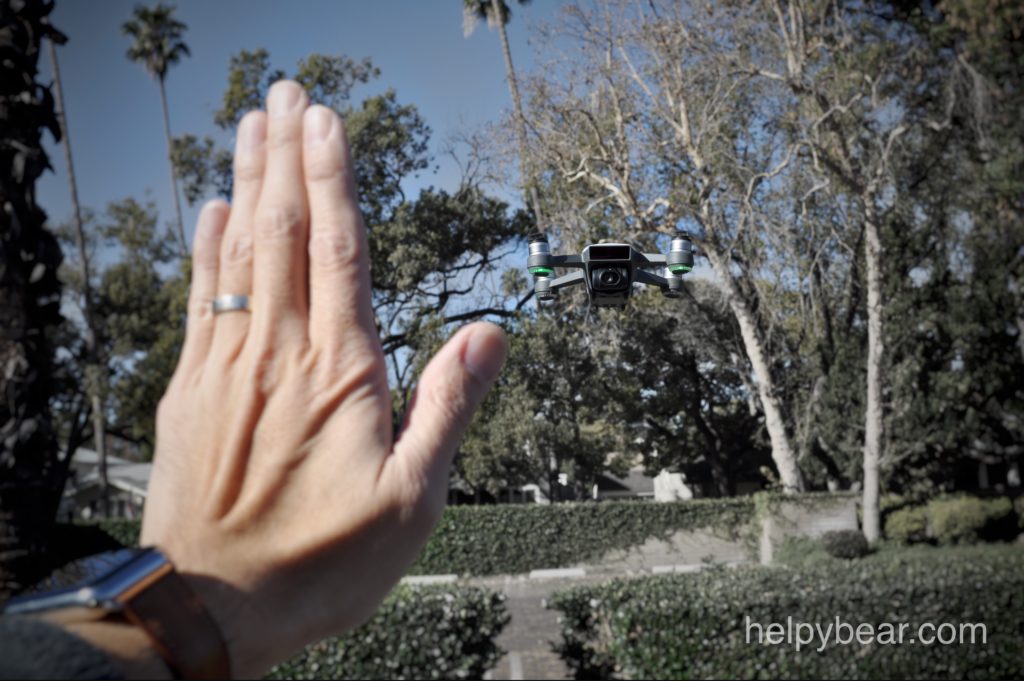
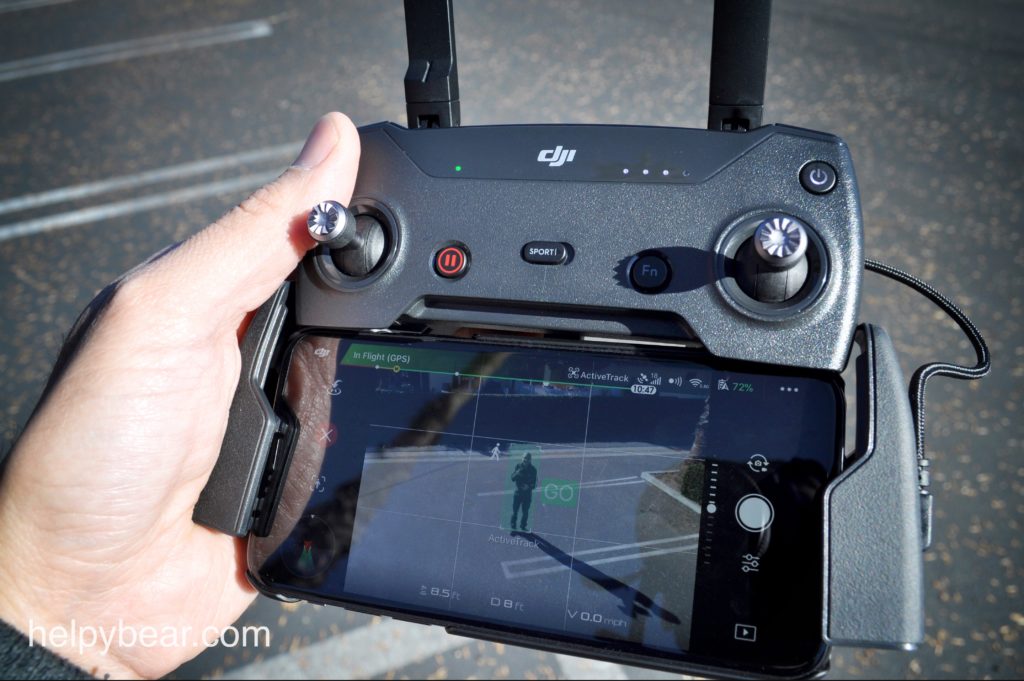
Helpy Features:
+ 12 Megapixel Camera with 1/2.3 inch CMOS sensor
+ Mechanical image stabilization
+ 1080p HD Video
+ 720p HD Real-Time Video Transmission up to 1.2 mi (2 km)*
+ Palm Launch and Landing
+ Gesture Control
+ ActiveTrack
+ Obstacle Avoidance
+ Up to 31 mph (50 kph) Flight Speed*
+ Intelligent Battery
+ Up to 16 Minutes Flight Time
+ Dual-Band GPS
+ Return to Home (RTH)
Drawbacks:
– No 4K Video
– 2 axis Image Stabilization (instead of 3 axis)
– Obstacle Avoidance Available Only In Forward Flight
Before the Spark I was flying the Parrot AR Drone 2.0 which by comparison is an ancient relic. It shot unstabilized video at 720p, had very limited range, and no RTH (Return to Home) capability built in. I had dreamed of owning a DJI drone but until the Spark was released, owning a DJI was simply too cost prohibitive.
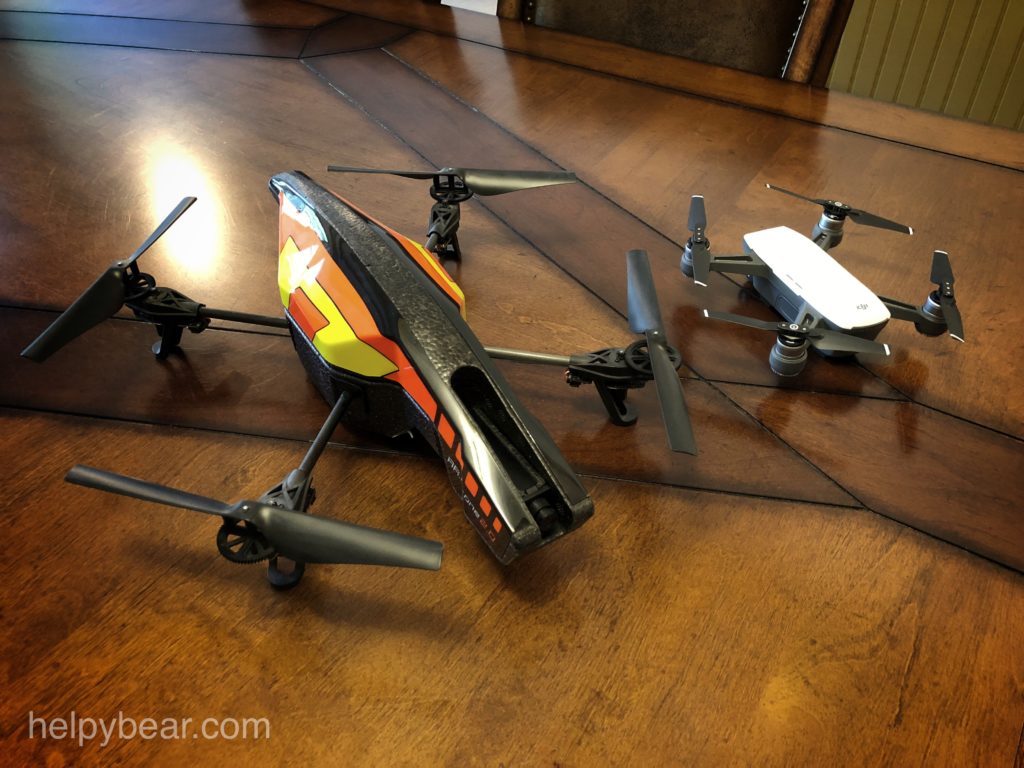

While the Mavic Air is arguably DJI’s most compelling product to date with 4K video, higher frame rates, and better stabilization, at $799 it remains a pricey ticket to entry into this fun and exciting hobby. Consider however, for $400 less, the Spark still has enough capability to capture stunning video and photos similar to the Mavic. And, when one also considers where the photos and video may be used (e.g., Instagram or Facebook) the quality between the two becomes virtually indistinguishable.
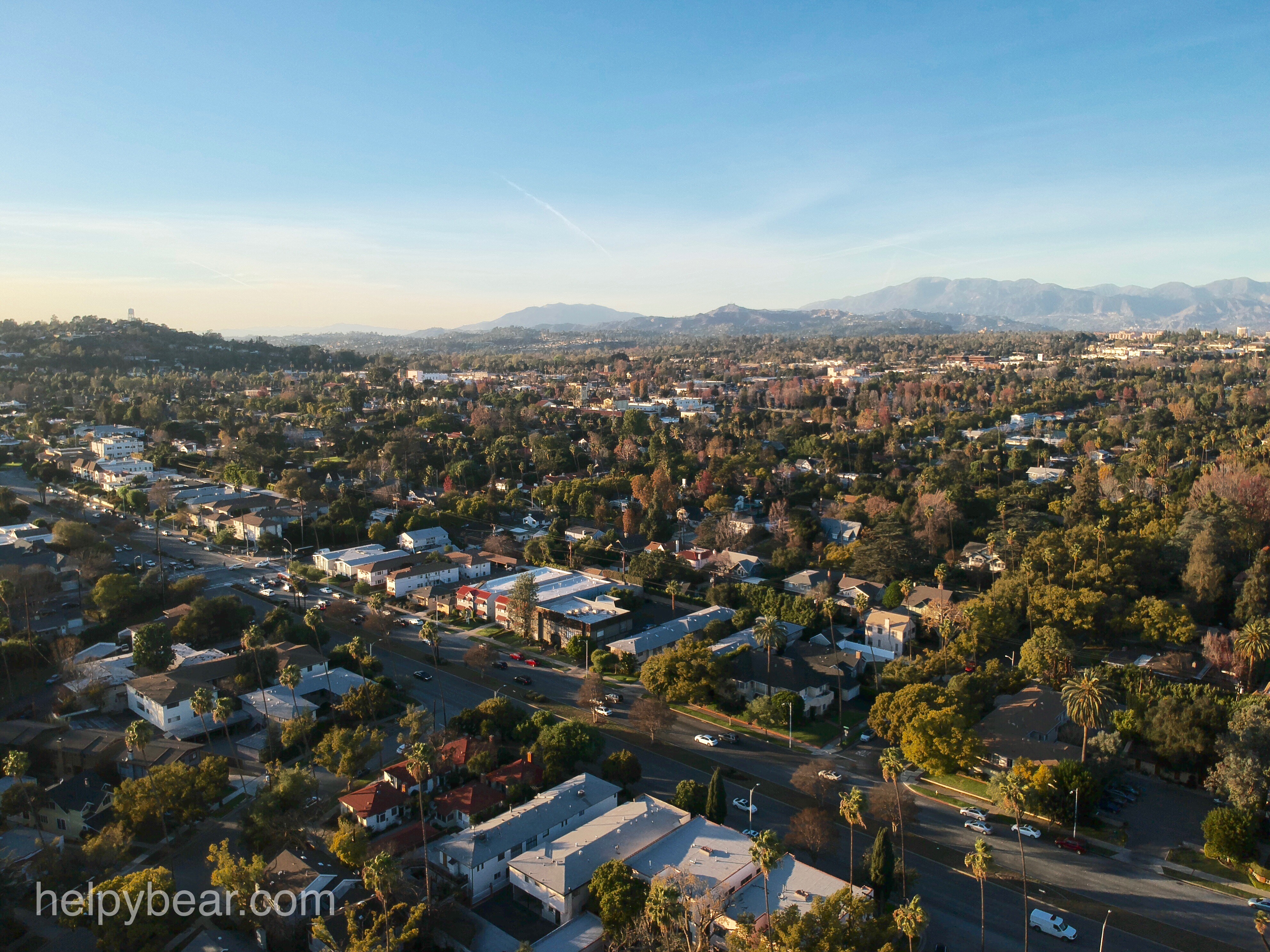
The Spark’s intelligent flight modes, mechanically stabilized camera, near autonomous pilot assistive control and above all price, make it the ideal low-cost drone for new pilots or a great inexpensive addition for experienced drone hobbyists as a keep-in-your-bag all purpose flying camera that can be quickly and easily deployed when inspiration strikes.
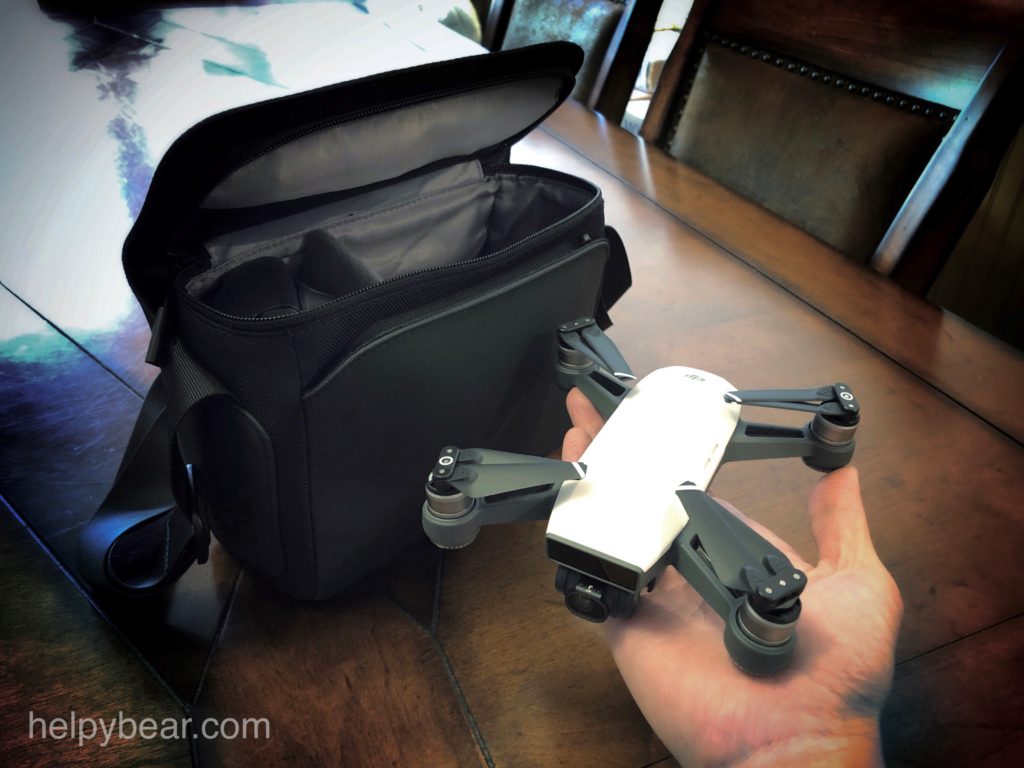
The DJI Spark is $399 and available here in the DJI Store.
The Mavic Air is $799 and available here in the DJI Store.
*Long range real-time video transmission and 31 mph max speed available only when paired with the Spark Remote Controller (sold separately or bundled in the Spark Fly More Combo).
